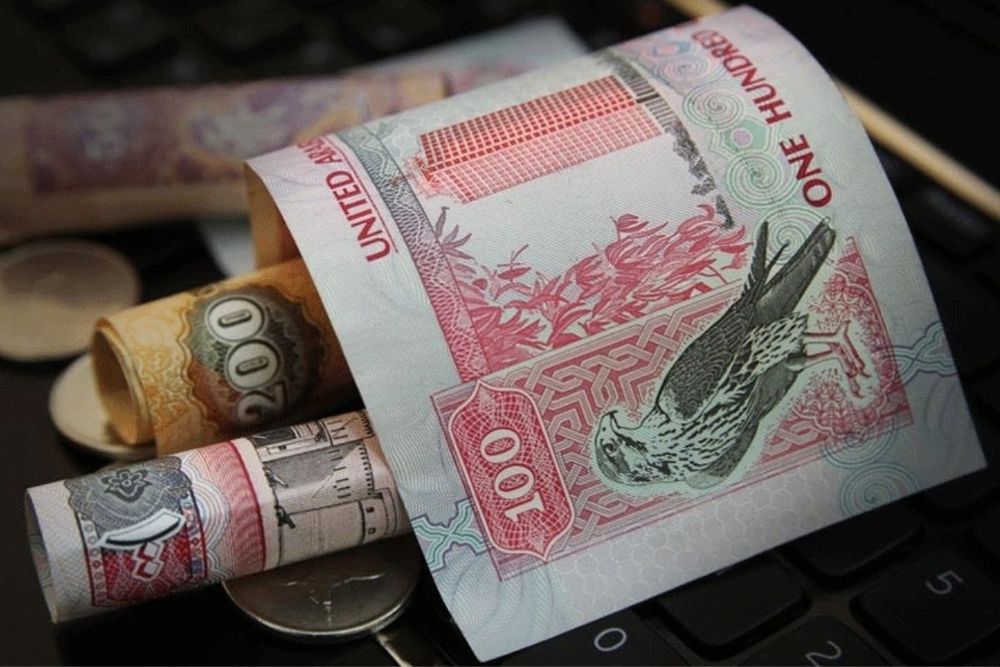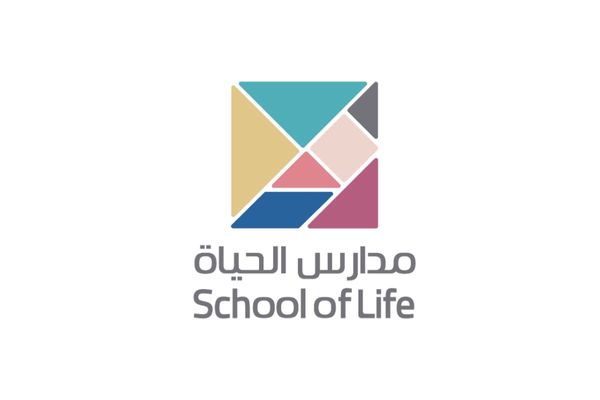The Central Bank of the UAE (CBUAE), as part of its commitment to promoting economic and financial stability and growth, has released the United Arab Emirates Monetary, Banking, and Financial Markets Developments Report for the first quarter of 2023.
The report provides insights into the monetary and banking activities, as well as the developments in the UAE financial markets during the specified period.
Monetary Developments
The report highlights the performance of various money supply indicators. Money Supply M1, comprising Currency in Circulation outside Banks and Monetary Deposits, witnessed a 3.0 percent quarter-on-quarter (q-o-q) increase during the first quarter of 2023. On an annual basis, there was a 4.3 percent year-on-year (y-o-y) growth, reaching AED 759.3 billion by the end of March 2023. Money Supply M2, which includes M1 plus Quasi Monetary Deposits, experienced a 5.0 percent q-o-q and 12.2 percent y-o-y increase, reaching AED 1,788.4 billion. Money Supply M3, including M2 plus government deposits, rose by 4.5 percent q-o-q and 16.5 percent y-o-y, amounting to AED 2,195.9 billion by the end of March 2023.
Banking Sector Development
The report provides insights into the banking sector, including the number of banks operating in the UAE. At the end of the first quarter of 2023, there were 22 locally incorporated banks, while the branches of these banks decreased to 494. The number of electronic banking service units increased to 47, and the Cash Offices remained constant at 21. The report also acknowledges the role of technological advancements in enhancing the accessibility and efficiency of the banking system.
Bank Assets, Loans, and Deposits
Total assets of banks operating in the UAE increased by 2.6 percent q-o-q, reaching AED 3,764.7 billion by the end of the first quarter of 2023. Gross credit showed a 0.9 percent q-o-q increase, amounting to AED 1,895.8 billion, while customer deposits rose by 3.8 percent q-o-q and 14.9 percent y-o-y, reaching AED 2,306.0 billion. Resident deposits increased by 4.1 percent q-o-q, settling at AED 2,092.6 billion, while non-resident deposits rose by 0.4 percent q-o-q, amounting to AED 213.4 billion.
Capital and Reserves
The report discusses the capital adequacy ratios of banks, indicating the amount of capital in relation to risk-weighted exposures. The aggregate capital and reserves of banks operating in the UAE increased by 0.5 percent q-o-q, reaching AED 430.7 billion by the end of the first quarter of 2023. The Total Capital Adequacy Ratio stood at 17.8 percent, well above the prescribed requirements.
Foreign Assets of the Central Bank and Financial Market Values
The Central Bank's foreign assets increased by 8.8 percent q-o-q, reaching AED 537.4 billion by the end of the first quarter of 2023. The report also highlights the performance of financial markets, with the Abu Dhabi Financial Market Index falling by 6.7 percent q-o-q and the Dubai Financial Market Index increasing by 1.6 percent q-o-q during the same period.
The United Arab Emirates Monetary, Banking, and Financial Markets Developments Report offers valuable insights into the performance and trends within the financial sector of the UAE. It provides key data and analysis regarding monetary developments, banking sector growth, bank assets and loans, customer deposits, capital and reserves, foreign assets of the Central Bank, and the performance of financial markets in Abu Dhabi and Dubai. This report serves as a valuable resource for stakeholders, policymakers, and investors to understand the current state and trends of the UAE's financial landscape.
News Source: Emirates News Agency









